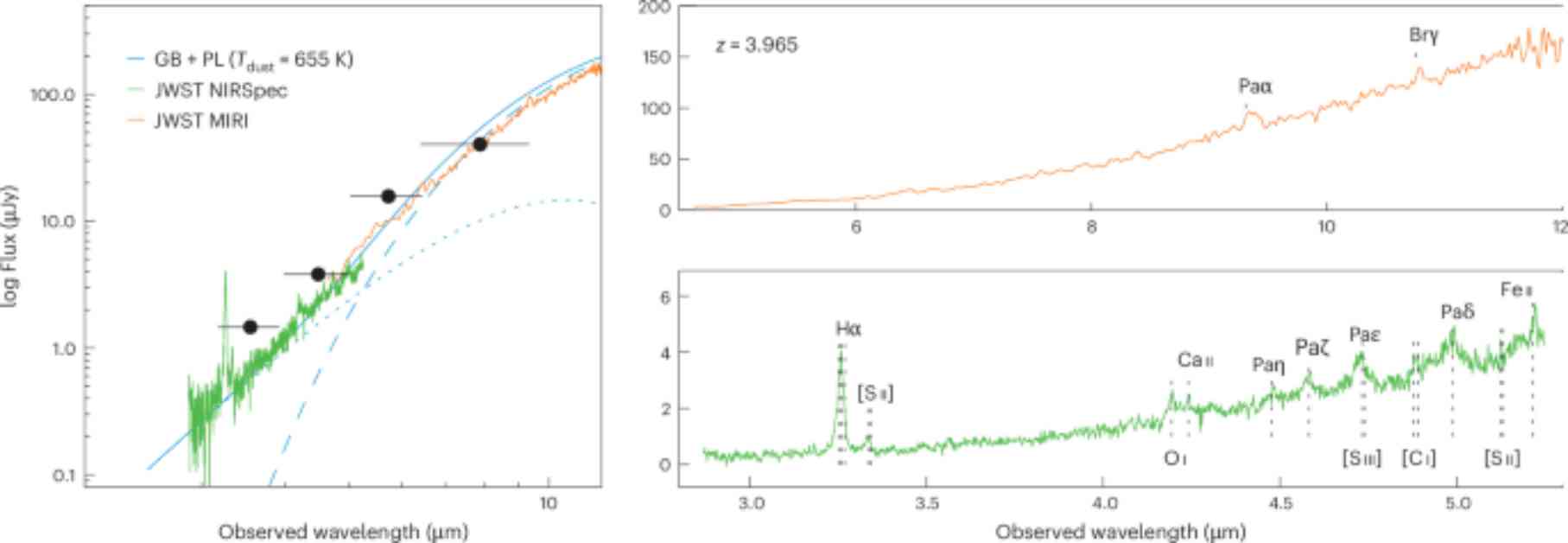Observational surveys have discovered hundreds of luminous quasars at redshifts greater than 6-7. These quasars host supermassive black holes with masses ranging from 10^9 to 10^10 solar masses, challenging current models of black hole formation and growth. The presence of such massive black holes during the early cosmic epochs raises questions about the origin of seed black holes and the mechanisms responsible for their rapid growth.
Seed black holes are thought to originate in the first galaxies through various gas or stellar physical processes, ultimately leading to the formation of black holes with masses exceeding 10^2 solar masses. These seed black holes can be categorized into light and heavy seeds, with a division around 10^3 solar masses. Light seeds are typically associated with the death of the first stars, while heavy seeds can form through the direct collapse of primordial gas clouds into supermassive stars.
Recent observations with the James Webb Space Telescope (JWST) have unveiled a new population of faint, dust-reddened sources at redshifts greater than 4. These sources exhibit overmassive black holes relative to the local black hole-stellar mass relationship, with significantly higher mass ratios. Most of these sources show moderate accretion rates of about 20% of the Eddington limit and are hosted by relatively low-mass galaxies. These sources, often referred to as ‘little red dots,’ are characterized by a red optical continuum and a modest blue UV continuum, indicating that they are powered by active galactic nuclei (AGNs).
One specific source, LID-568, identified as an X-ray AGN, stands out due to its extremely red and compact nature in the infrared. Despite being invisible in optical and near-infrared wavelengths, LID-568 exhibits prominent emission lines characteristic of AGN activity. Spectroscopic observations have revealed a high X-ray flux and an intrinsic X-ray luminosity suggesting super-Eddington accretion, with an Eddington ratio of approximately 41.5.
The mid- to far-infrared spectral energy distribution (SED) of LID-568 shows an unusually red continuum slope, which cannot be explained by current IR SED templates for obscured AGN and ultraluminous infrared galaxies.













